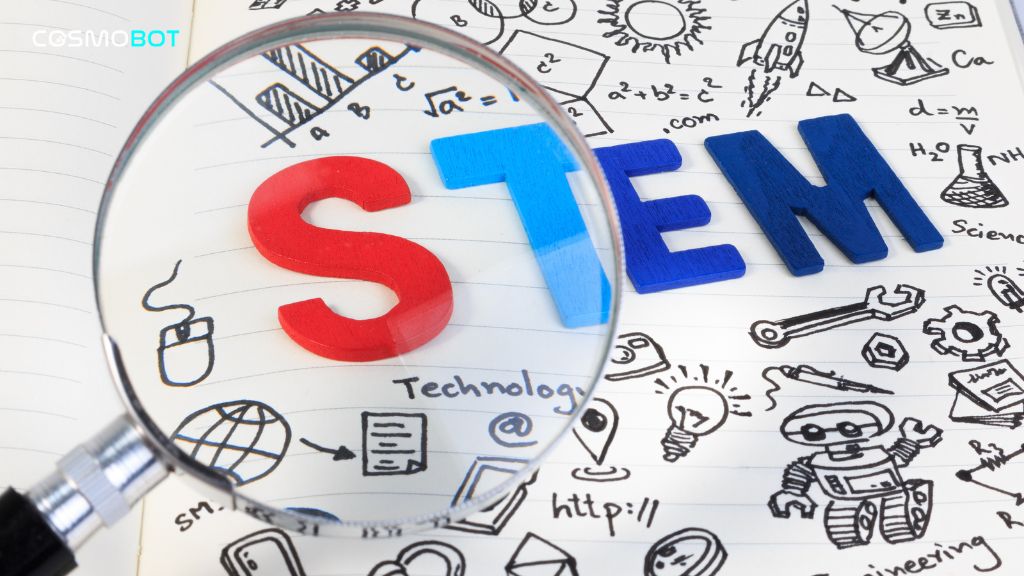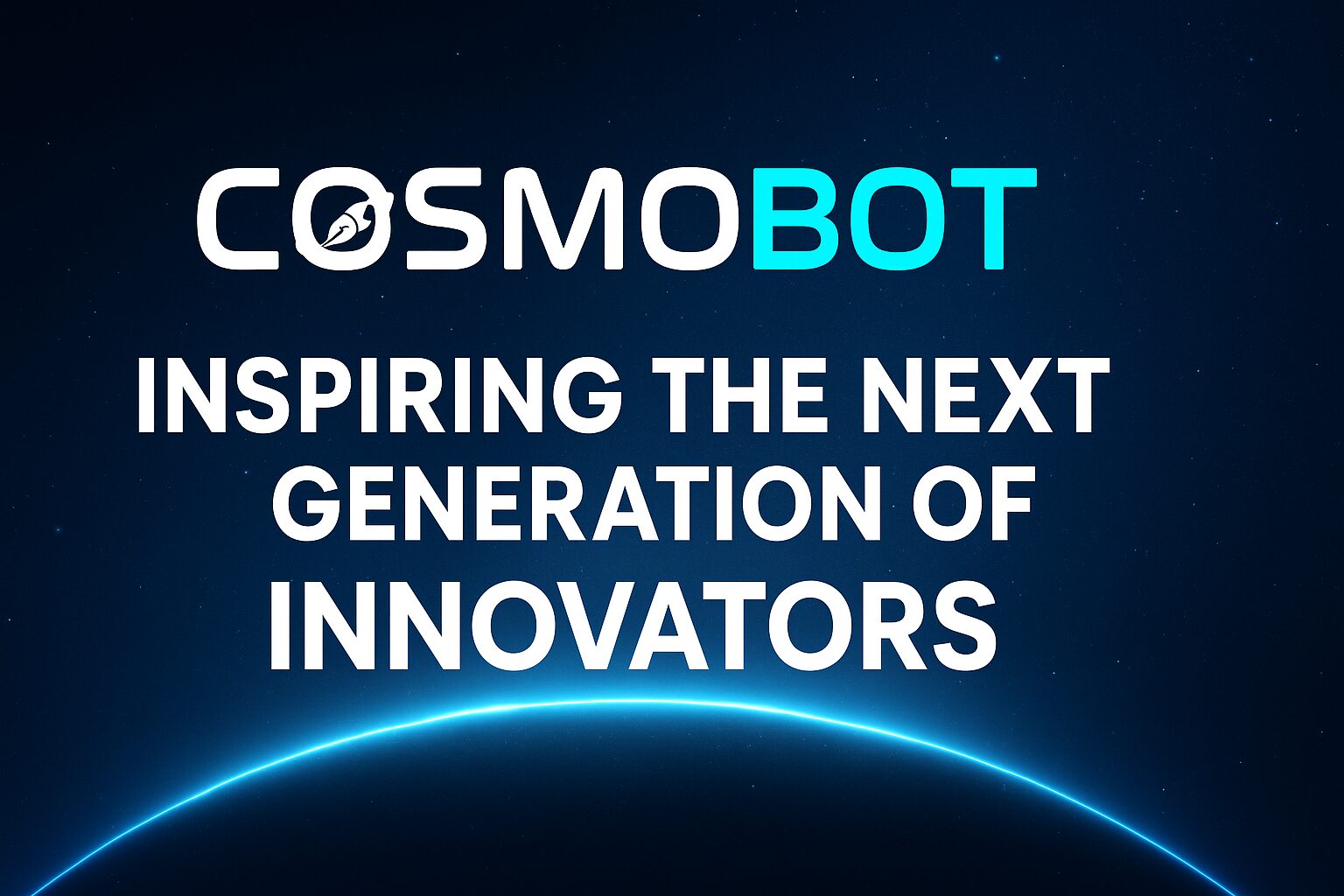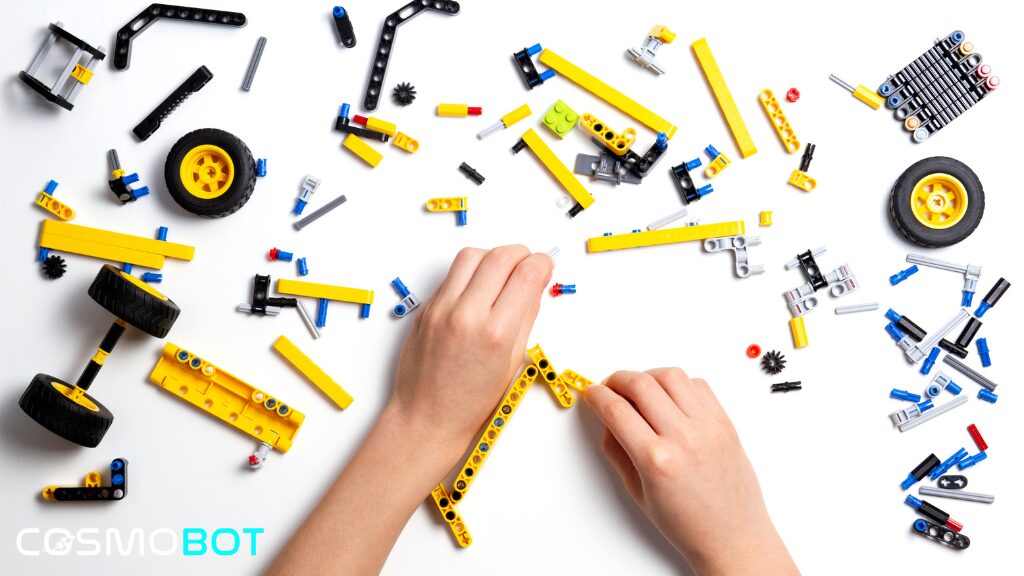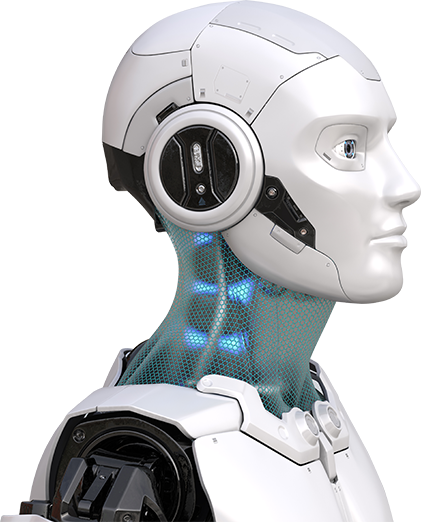In today’s fast-paced world, technology is no longer something we simply use—it’s something we create, shape, and depend on. From smartphones to space missions, science and technology are at the heart of how we live, work, and explore new possibilities. That’s where STEM learning comes in.
STEM—short for Science, Technology, Engineering, and Mathematics—is much more than an educational buzzword. It’s a way of thinking, exploring, and solving problems that prepare students for the careers and challenges of tomorrow. At Cosmobot, we are passionate about making STEM learning accessible, fun, and impactful by combining it with hands-on experiences in robotics and astronomy.
Let’s dive deeper into why STEM education is crucial and how it can empower students to become the innovators of the future.
What is STEM and Why It Matters
STEM learning focuses on building a strong foundation in scientific inquiry, logical reasoning, creativity, and problem-solving. It teaches students how to approach challenges systematically, experiment with new ideas, and adapt to an ever-changing world.
Here’s why it’s essential:
- Encourages critical thinking – Students learn how to analyze problems, ask the right questions, and explore solutions rather than memorizing facts.
- Fosters creativity and innovation – By experimenting with robotics or space models, students apply concepts in creative ways, leading to new inventions and ideas.
- Builds practical skills – From coding robots to observing stars, STEM provides hands-on experiences that are directly applicable in real life.
- Boosts confidence – Facing challenges and overcoming failures helps students build resilience and self-belief.
- Prepares for future careers – With rapid advancements in fields like artificial intelligence, aerospace, and renewable energy, STEM knowledge is more valuable than ever.
In short, STEM learning prepares students not only for exams but for life.
Robotics: Turning Ideas into Action
Robotics is one of the most exciting areas within STEM. It’s where engineering meets creativity and logic meets motion. By building robots, students learn how mechanical parts, sensors, and programming come together to create something functional and intelligent.
At Cosmobot, we guide students through projects where they design, build, and program robots that can perform real tasks. Whether it’s a robot that follows a line, solves a maze, or assists with simple tasks, each project teaches problem-solving, patience, and persistence.
Robotics also introduces students to coding in a way that’s hands-on and fun. Instead of learning abstract theories, students see the results of their work instantly. They learn how technology works, how to troubleshoot problems, and how to collaborate with teammates.

Astronomy: Exploring the Wonders of the Universe
While robotics teaches how to build, astronomy teaches how to wonder. It’s about exploring the cosmos—studying stars, planets, and galaxies—and understanding our place in the universe. Astronomy sparks curiosity and opens minds to questions about life beyond Earth, the laws of nature, and the history of space exploration.
Incorporating astronomy into STEM learning allows students to connect scientific concepts with real-world phenomena. By tracking star patterns, learning about gravity, or simulating space missions, students develop both analytical and imaginative skills.
At Cosmobot, we encourage students to use telescopes, charts, and simulation tools to study celestial objects and data. This kind of exploration doesn’t just build knowledge—it inspires awe and excitement about science.
STEM Learning Builds More Than Careers
It’s easy to think of STEM education purely as preparation for future jobs. While that’s definitely a major benefit, the truth is that STEM learning also helps students build life skills that go beyond technical knowledge.
- Collaboration – Working in teams on robotics or astronomy projects teaches students how to communicate ideas and support each other.
- Adaptability – Learning from mistakes and refining strategies helps students become more flexible thinkers.
- Leadership – Taking initiative during group projects gives students opportunities to lead and motivate peers.
- Ethical thinking – Exploring the impact of technology helps students understand responsibility and ethical decision-making.
These are the skills that prepare students not just for careers but for meaningful, engaged lives.
Why Early STEM Education is Crucial
The earlier students are exposed to STEM, the more comfortable they become with problem-solving and experimentation. Young learners are naturally curious, and STEM learning channels that curiosity into structured learning paths.
Starting early also helps students build a mindset where challenges are seen as opportunities, and failure is part of the learning process. It encourages lifelong learning and self-confidence—two traits that are essential in an uncertain future.
At Cosmobot, we focus on making STEM learning age-appropriate, engaging, and interactive, ensuring that students develop both interest and skills that last a lifetime.
Join the STEM Revolution with Cosmobot
At Cosmobot, we believe that every child can become a creator, thinker, and explorer. Through hands-on projects in robotics and astronomy, students learn by doing, experimenting, and thinking critically.
With over 150+ projects completed and 200+ students already enrolled, we’re proud to be building a community of young minds eager to explore the world through STEM learning. Join us and take the first step toward unlocking your potential.
Visit Cosmobot.in to explore our programs and start your STEM adventure today!







